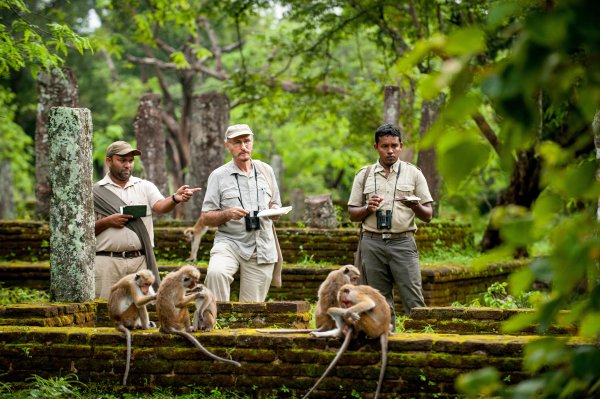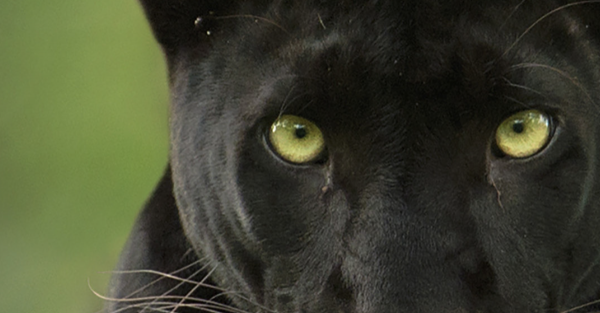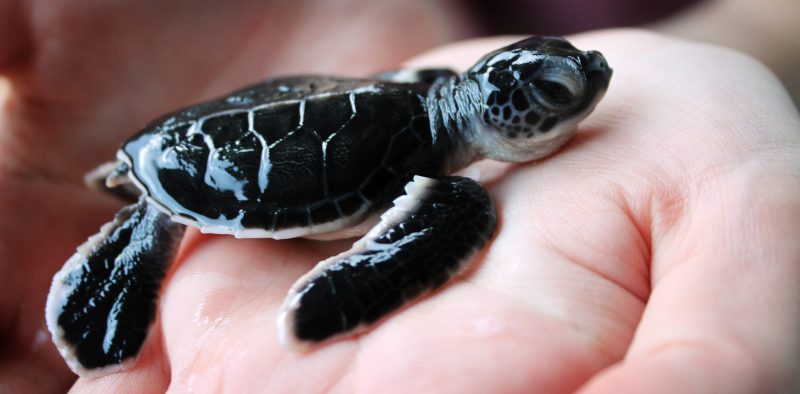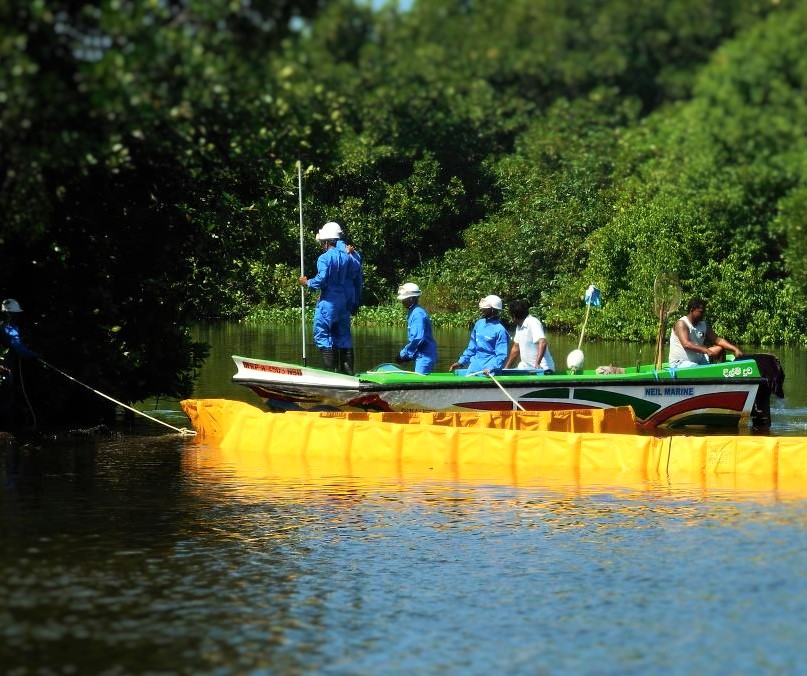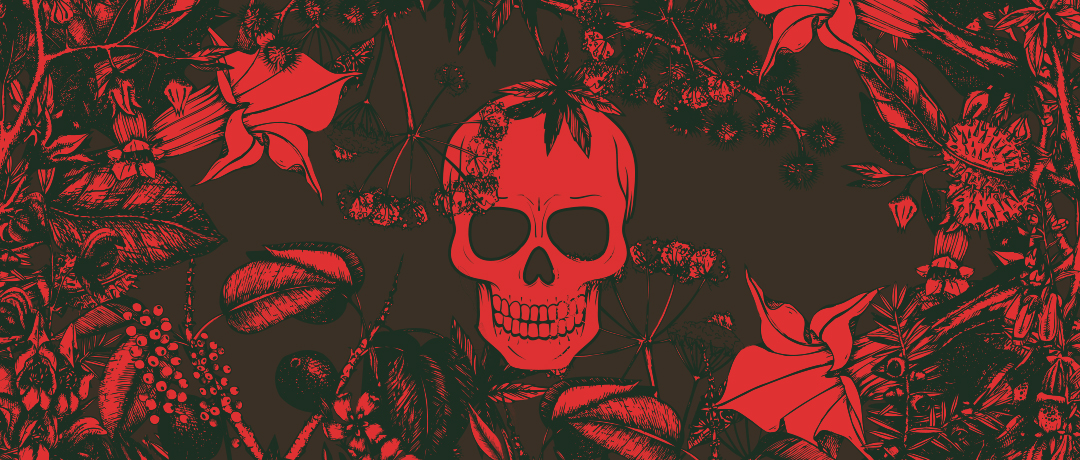
Sri Lanka is recognised by environmental and wildlife experts all over the world as a biodiversity hotspot—and many of the plants and animals recorded here contribute in their own way to maintain the ecological balance. However, several species of plants and animals in the island have been identified to be poisonous, and they can cause quite a lot of harm to humans and other animals.
Speaking to Roar Media, environmental lawyer Jagath Gunawardana pointed out that more than fifty plant species in Sri Lanka are toxic to both humans and animals, and most—if not all—of their parts cannot be consumed. Mentioned below are six of the most toxic plants found in the island.
1. Castor Bean/Beheth Endaru/Thel Endaru (Ricinus Communis)
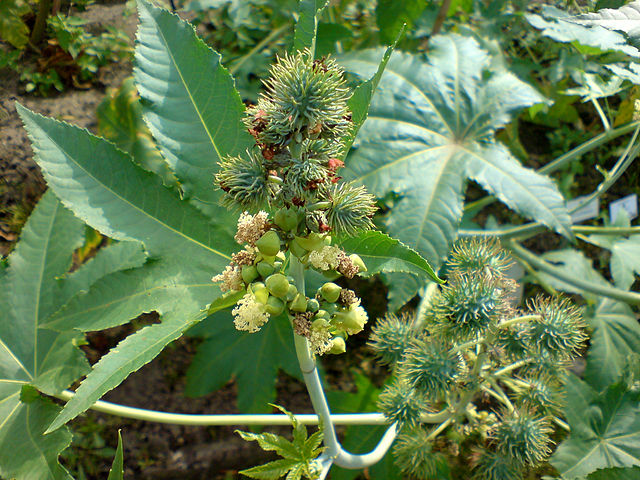
The castor plant is a shrub native to Africa and while the seeds are processed and used across the world as castor oil, they naturally contain a deadly toxin called ricin. Depending on the number of seeds ingested, severe vomiting, diarrhea, seizures, and even death can occur. In Sri Lanka, small amounts of castor leaves are crushed and used as external applicants in ayurvedic medicine to treat the infection and inflammation of the skin. Castor oil—or endaru thel—is used in ayurveda, in small doses, as a laxative. The oil is also used in several industries as an ingredient in lubricants, paints and cosmetic products.
2. Oleander/Kaneru (Nerium Oleander)
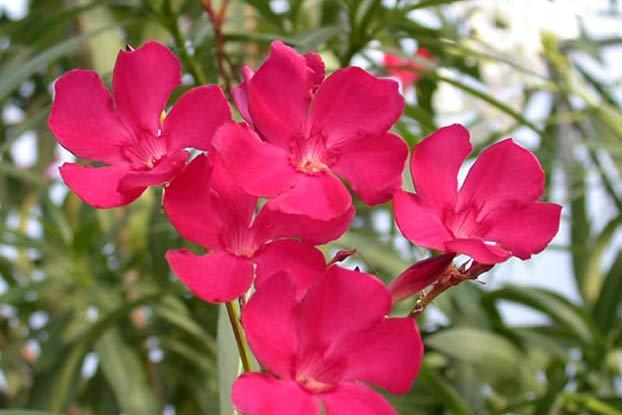
The oleander plant is a small tree, which is sometimes grown as an ornamental plant for its lovely red, pink or white flowers. All parts of the plant are considered to be poisonous and they contain lethal cardiac glycosides known as oleandrin and neriine. If any part of the plant is consumed, it can cause vomiting, diarrhea, an erratic pulse, seizures, coma, and even death. Fatal poisonings among people are thankfully rare because of the bitter taste of the parts of the plant.
3. Yellow Oleander/Kaha Kaneru (Thevetia Peruviana)
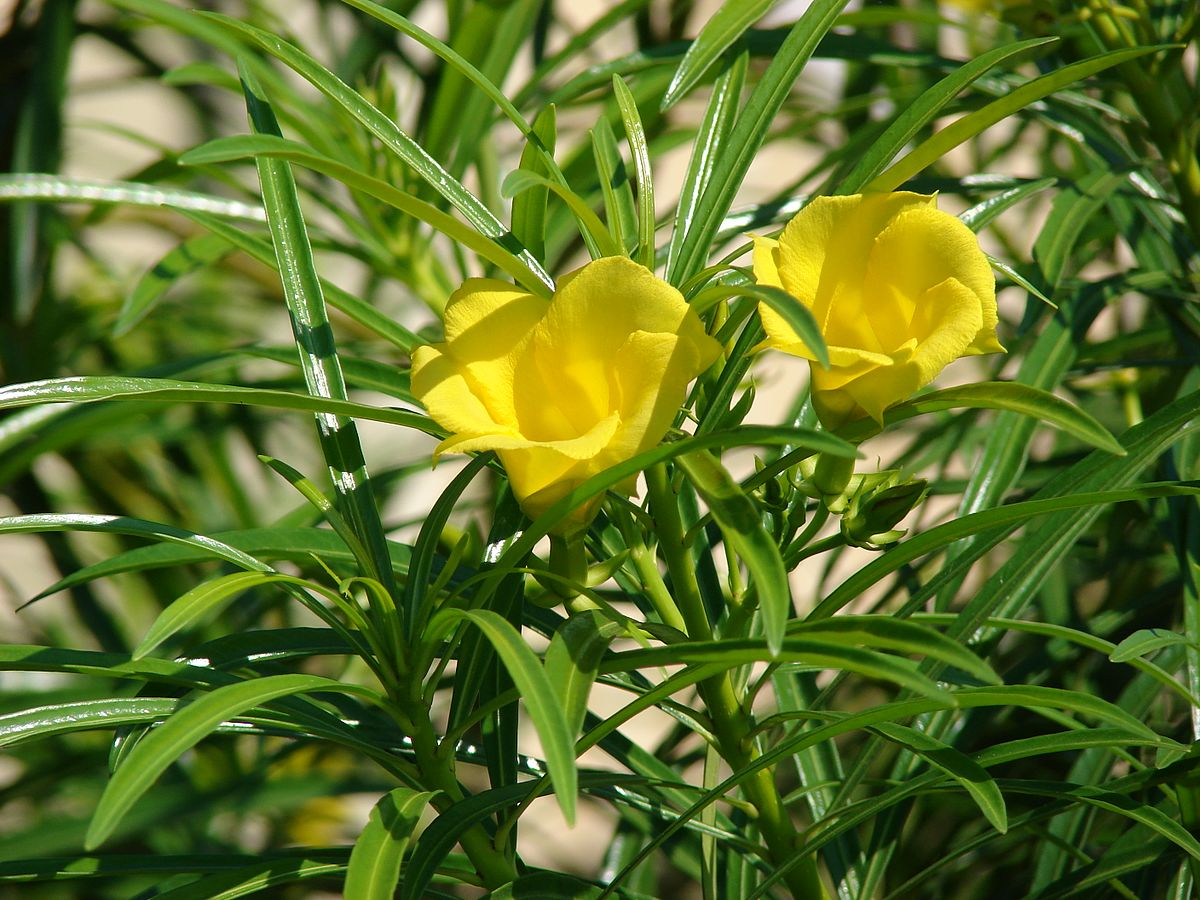
Yellow oleander is a close relative of oleander. It is a small tree with glossy, narrow leaves, funnel-shaped bright yellow flowers and black fruits. It grows quite easily in and around urban areas. All parts of this tree are considered to be toxic because of the presence of the toxins thevetin A and thevetin B. Symptoms of poisoning by yellow oleander include irritation of the stomach—which causes nausea and vomiting—and in severe cases blocks off the veins and arteries in the heart, leading to hypotension. Consumption of the seeds of its fruit can also prove to be fatal, if not treated immediately after consumption.
4. Caladium/Angel Wings/Rathu Habarala (Caladium Andreanum)
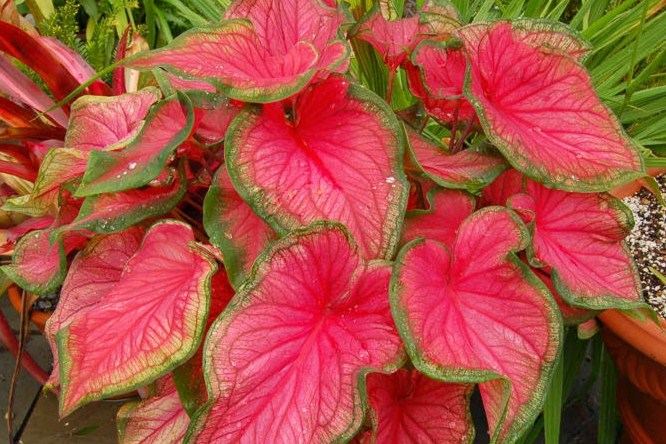
Caladium or angel wings is a plant species which is quite popular as a houseplant because of its large and colourful green and pink or green and pale red leaves. All parts of this plant—its fleshy stems, leaves and propagative tubers—are poisonous because they contain calcium oxalate crystals. Symptoms of poisoning by ingestion of caladium include profuse salivation, irritation and pain in the mouth and oedema of the tongue, lips, cheeks, salivary glands and throat. Consumption in large doses can cause fatal oesophagitis, gastritis or renal failure.
5. Desert Rose of Africa/Pride of Japan/Japan Araliya (Adenium Obesum)

Like castor bean, the desert rose is a shrub native to Africa, and the sap produced by this tree was used by African tribes as ‘arrow poison’. According to Gunawardana, the plant became popularly known in Sri Lanka as the Pride of Japan or Japanese frangipani (in Sinhalese, it is called japan araliya). This is because it is one of the most common plants used in the Japanese art of bonsai, and bears a significant resemblance to frangipani with its five-petaled, deep pink, pale pink or pink and yellow shaded flowers. All parts of this flowering plant are toxic, especially its sap. Ingesting this plant’s parts will result in slow heart rate, low blood pressure, lethargy, dizziness and diarrhea.
6. Garari/Madara (Cleistanthus Collinus)
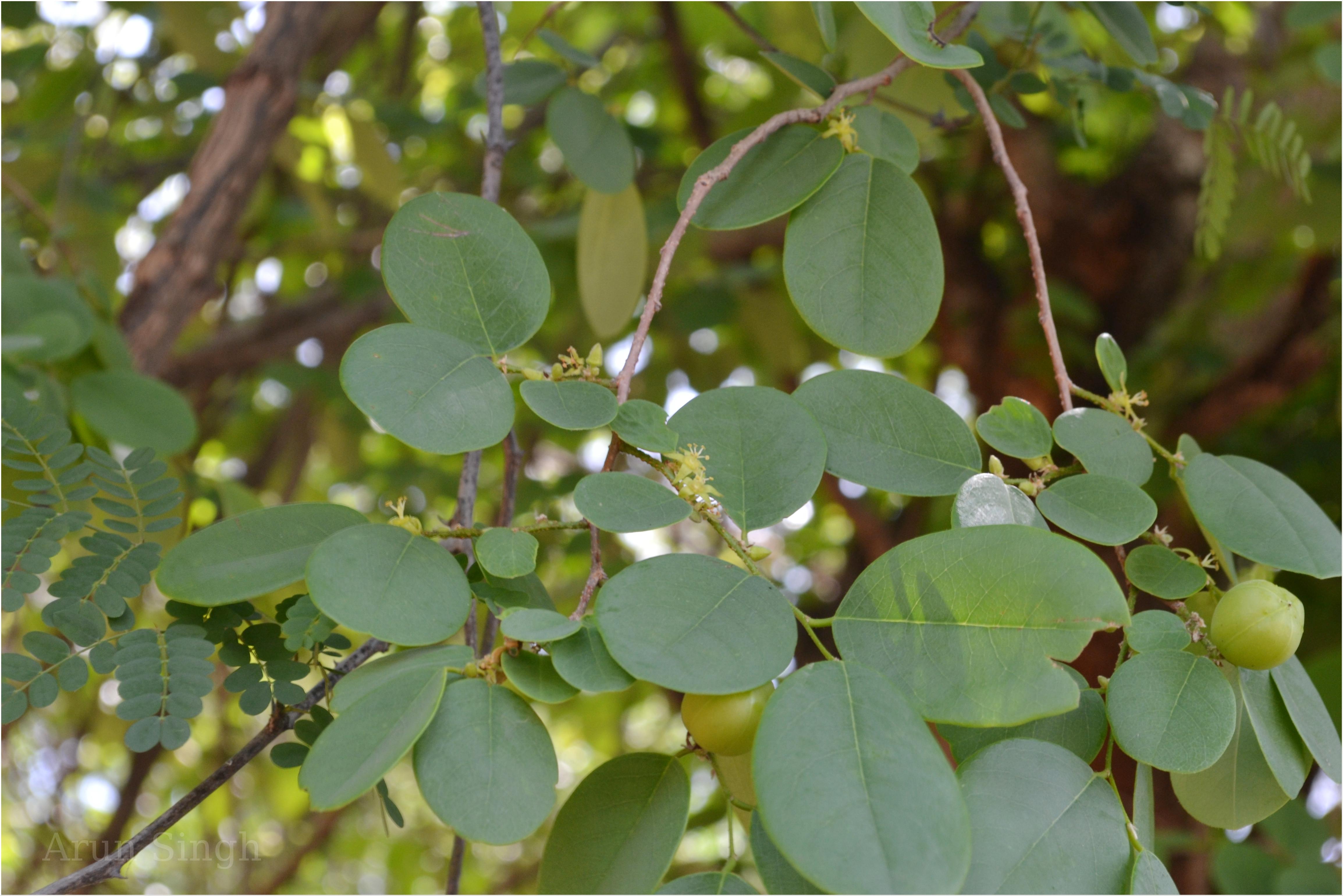
Garari is a small deciduous tree with greenish-yellow flowers, olive-like fruits and small, oval shaped leaves. It is native to Sri Lanka and South India. The leaves of garari contain the toxins diphyllin, Cleistanthin A and Cleistanthin B, which can cause complications such as hypotension, an irregular heart rate and renal and respiratory failure, which eventually lead to death if not treated immediately. The bark and roots of the tree are also said to be extremely poisonous.
These plants are some of the most toxic plant found in the country—but that doesn’t mean that all of them are only found in our forests and other uninhabited areas. Gunawardana pointed out that all of these six shrubs can found in rural, suburban and also urban areas of Sri Lanka. Fortunately, human deaths by these poisonous plants occur very rarely thanks to modern medicine and a quick diagnosis.


